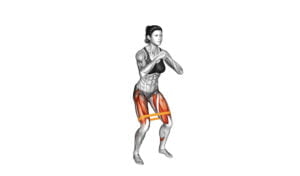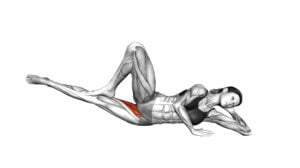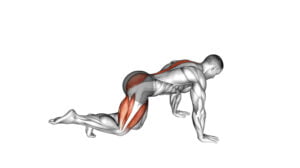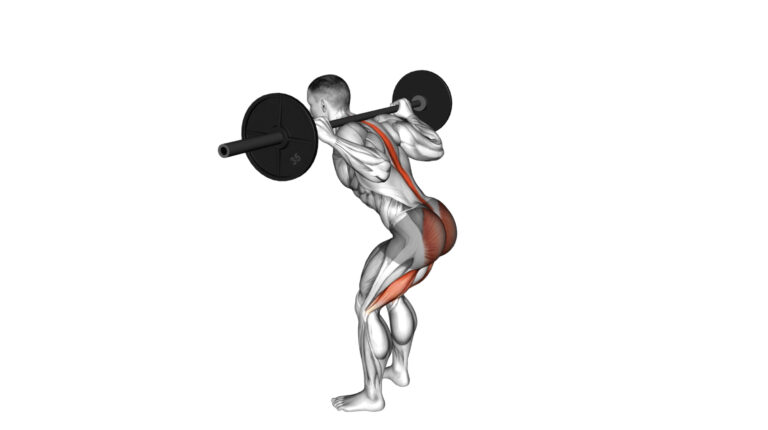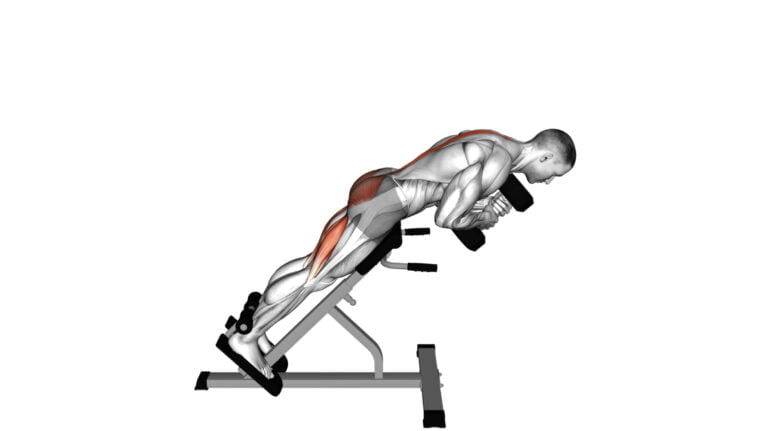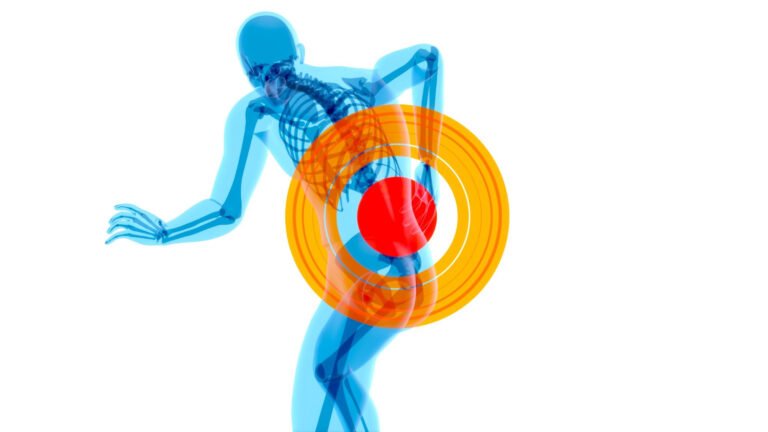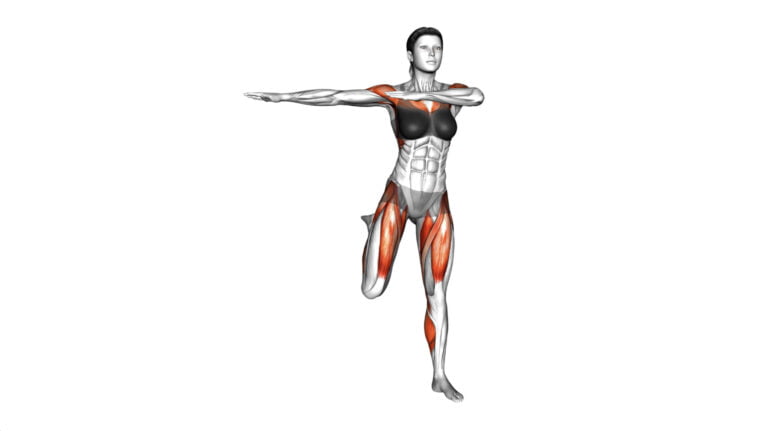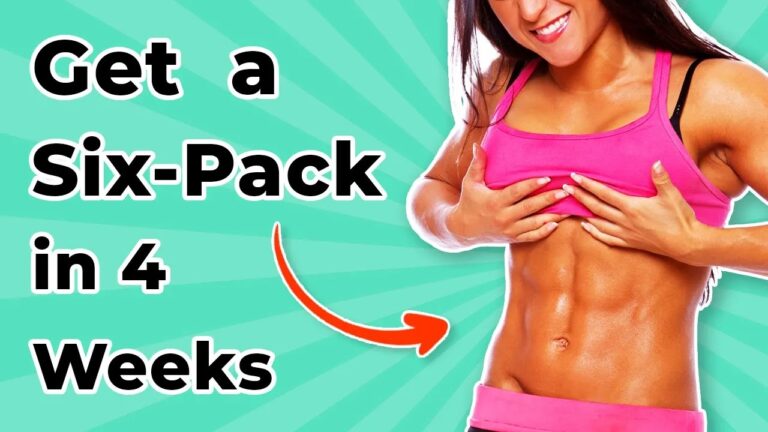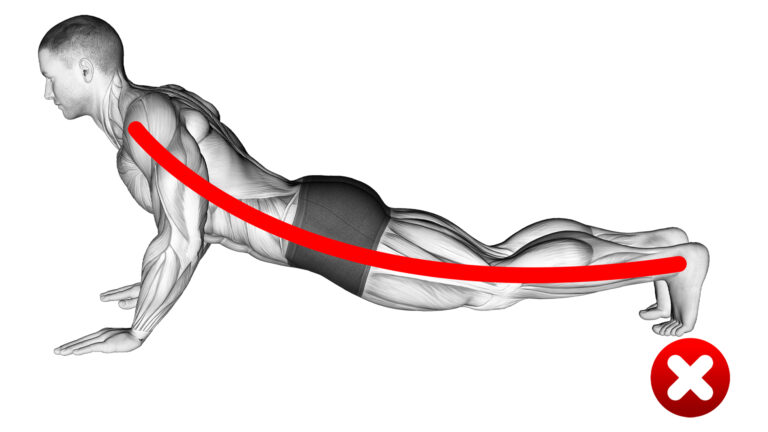How To Exercise Your Hips: Get Fit and Strong
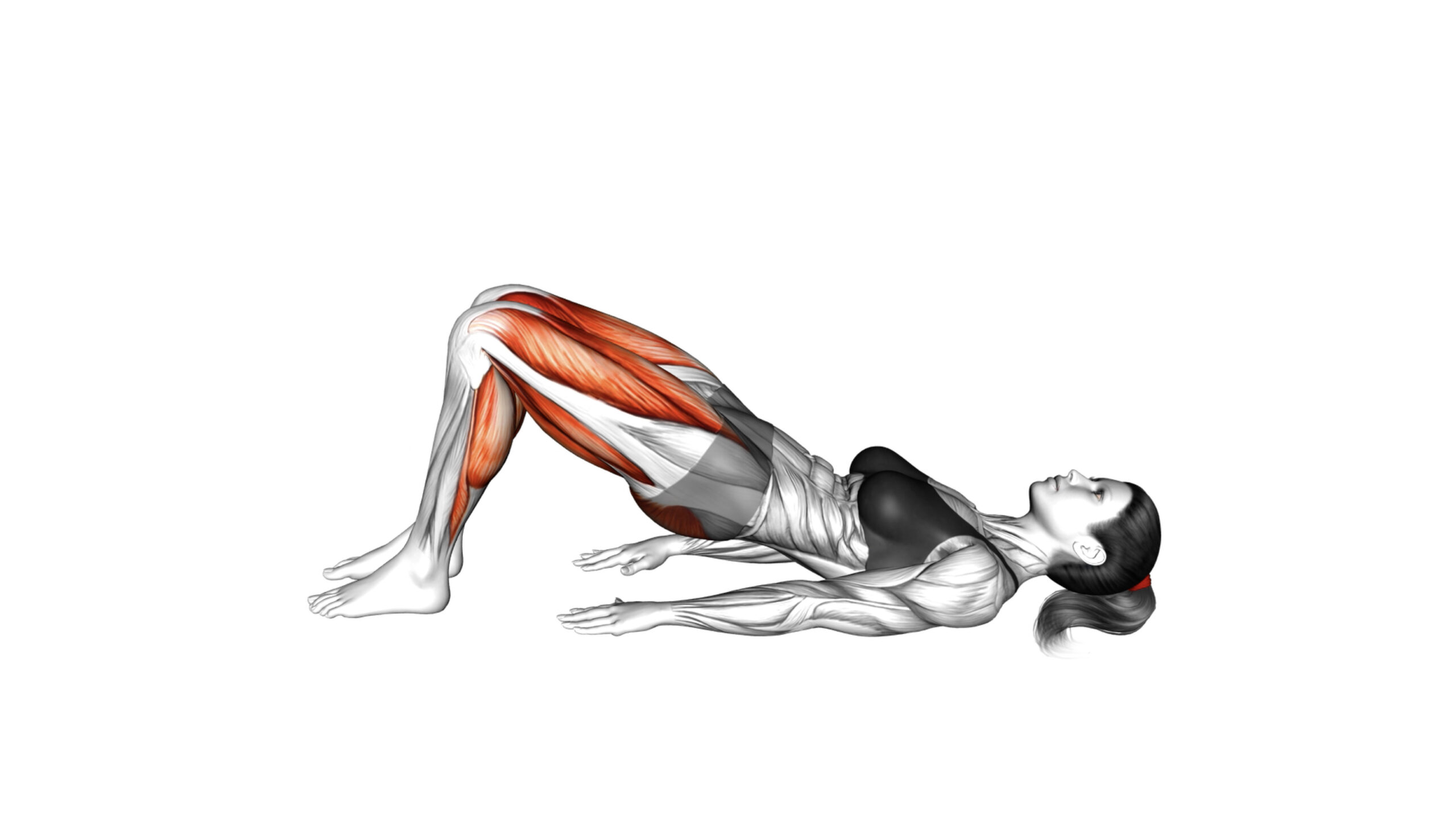
Strengthening your hips is key to a solid foundation for bodybuilding. Many overlook the importance of hip strength, thinking it’s not as critical as other areas. This belief can lead to missed opportunities for enhancing performance and preventing injuries.
Our guide on “How To Exercise Your Hips” brings light to exercises that target this vital area effectively.
Serg Bayracny, with his deep knowledge in physical education and experience in fitness coaching, shares insights into strengthening your hips. With over a decade helping athletes achieve their best, Serg knows what works.
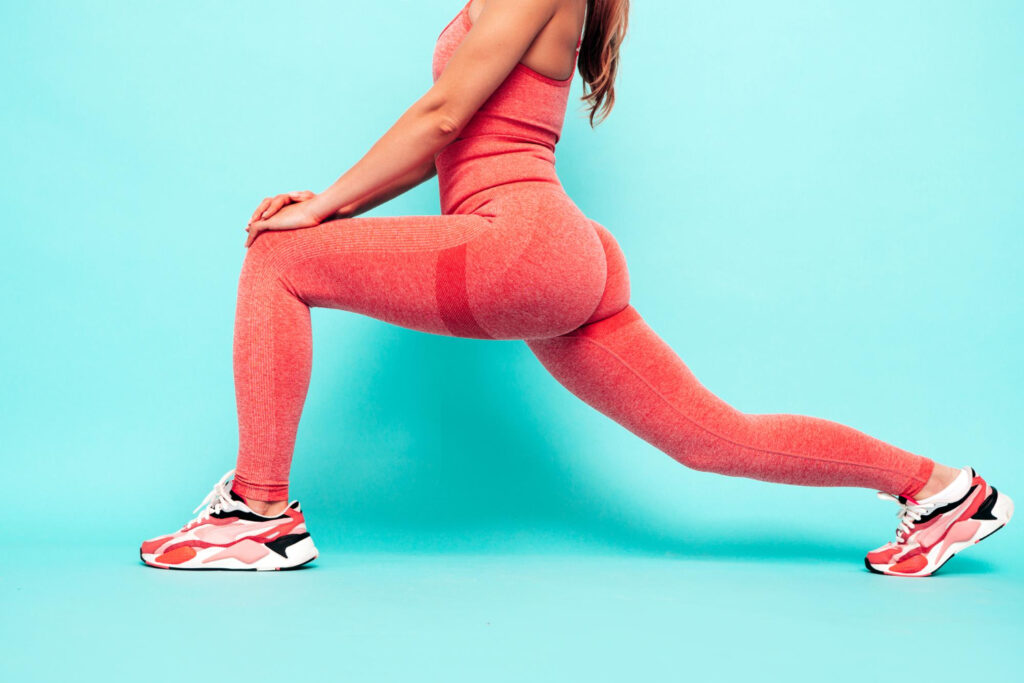
Get ready – this blog will transform how you view hip exercises.
Key Takeaways
- Strong hips are important for balance and to prevent injuries. They help with lifts like squats and deadlifts.
- Simple exercises can strengthen your hips. Try leg raises, glute bridges, or using resistance bands.
- Regular stretching makes hips flexible and reduces pain. Doing stretches like the Double Leg Stretch or the Low Lunge Yoga Pose helps.
- Following a routine with recommended sets and reps improves muscle growth without overdoing it.
- Hip strength supports lower back health, helping avoid pain in that area.
Importance of Hip Strength
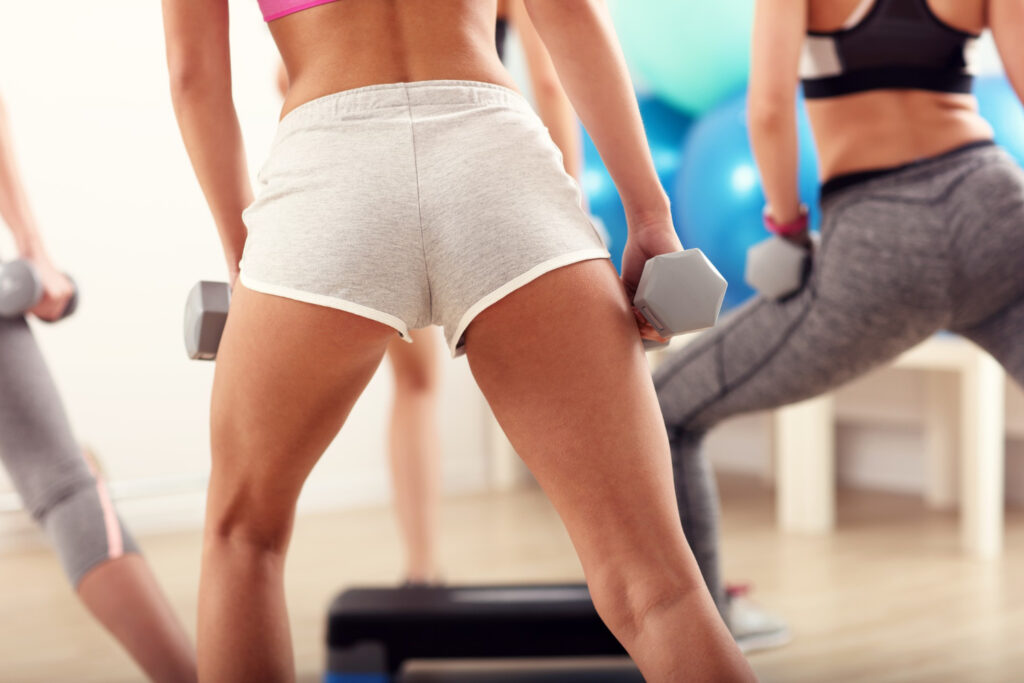
Strong hips are key for anyone lifting weights or bodybuilding. They help you keep your balance and make sure each move is solid. Think about squats, deadlifts, and lunges – all these need strong hip muscles to do right.
If your hips aren’t strong, you might not be able to lift as much weight. Or worse, you could get hurt. Strong hips support your lower back too. This means less chance of pain there.
Knowing how to exercise your hips can boost how well you perform in the gym and in competitions. This isn’t just about looking good; it’s about making every muscle work better together.
From boosting stability during heavy lifts to improving your range of motion, hip strength plays a big part in upping your game. With exercises focused on the glutes and hamstrings, which are part of the muscles around the hip joint, bodybuilders can push harder and reach new personal bests without risking injury to their lower backs or knees.
Effective Exercises for Hip Strengthening
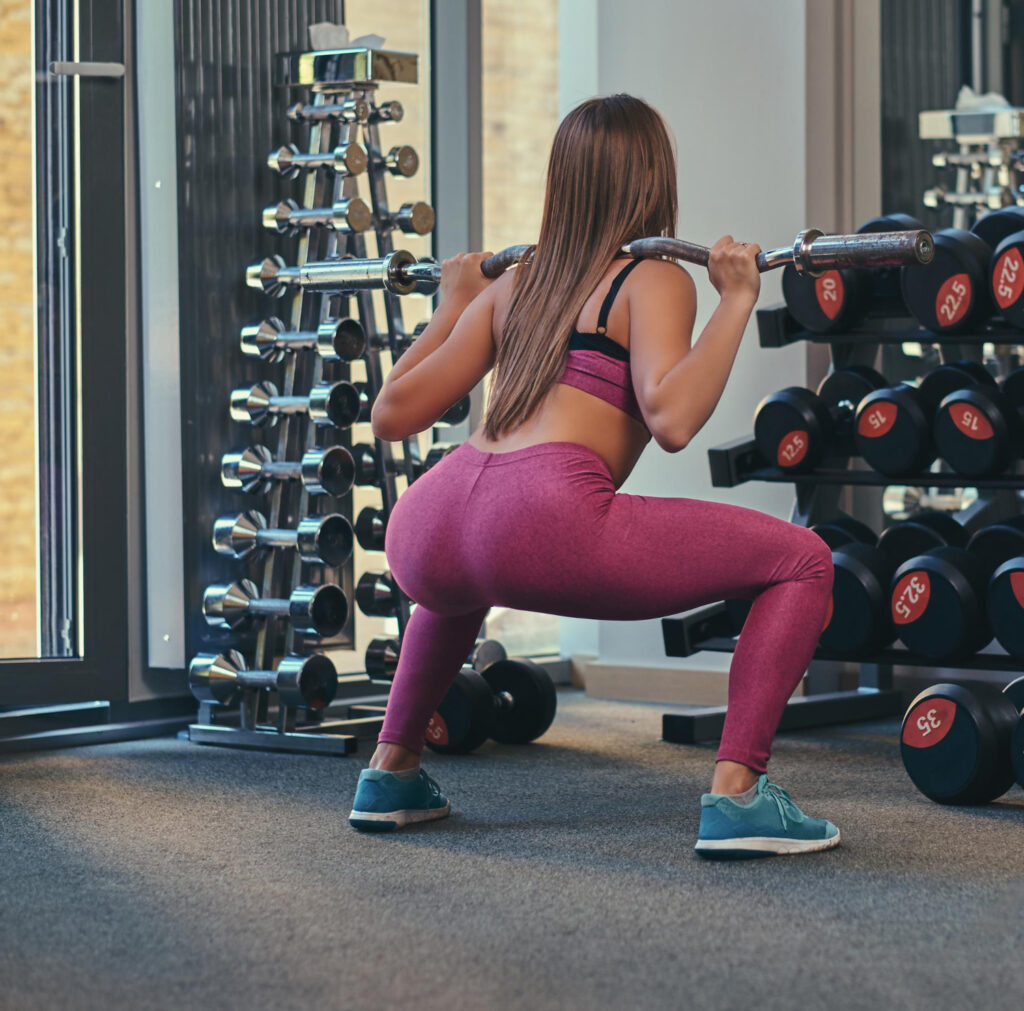
Strengthening your hips is key for staying active and avoiding injury. To find out ways on how to exercise your hips, try simple moves that target this area for better power and health.
1. Alternate Leg Raise
To do the Alternate Leg Raise, lie on your back with your legs straight and feet together. Lift your right leg up towards the ceiling while keeping it straight. Slowly lower it back down and repeat with your left leg.
This exercise targets strengthening exercises for hip strength and helps those experiencing hip pain find relief.
“Consistency is key in making these exercises effective.”
This action not only strengthens the hips but also improves stability and flexibility – crucial elements for bodybuilders aiming to enhance performance and avoid injury. By regularly incorporating this simple exercise into their routine, bodybuilders can ensure their hips are strong enough to support heavier lifts and more intense workouts.
2. Alternate Single Leg Glute Bridge
Lay down on your back for the Alternate Single Leg Glute Bridge. Keep one leg bent with your foot flat, and straighten the other leg out in front of you. Push up through your heel to lift your hips high, squeezing your glutes at the top.
Slowly lower back down. Do this move while keeping your pelvis stable and avoid letting it drop to one side. This exercise strengthens not just your hips but also works on your core muscles.
I’ve seen many bodybuilders use this move to improve their balance and power in lifting routines. It’s a simple yet effective way to fire up those hip muscles, crucial for heavy squats and deadlifts.
By practicing regularly, I noticed a significant improvement in my own stability during workouts, helping me tackle more weight safely.
3. Bent Leg Kickback (kneeling)
Moving from the Alternate Single Leg Glute Bridge, we shift to a different kind of exercise. The Bent Leg Kickback is next. This one focuses on your hips too but works them in a new way.
Start on all fours, like you’re going to crawl. Make sure your hands are flat on the ground and under your shoulders. Your knees should be right under your hips. Now, tighten up one of your buttocks and lift that knee off the ground just a bit behind you.
Keep it bent! Don’t try to straighten it out; keep that angle in your knee steady. Lift until you feel those muscles working hard, then gently lower back down but don’t let it touch the floor before lifting again.
This move helps make stronger hip extensors which include some big muscle groups like the glutes (your butt muscles). It’s great for adding strength and stability around the pelvis and lower spine region—key areas for anyone lifting heavy stuff regularly! Remember not to rush it; slow and controlled movements win this race every time.
4. Bridge Hip Abduction
After working on your bent leg kickbacks, it’s time to focus on another great exercise for strengthening your hips: bridge hip abduction. This move helps target the outer parts of your hips and glutes.
First, lay down with feet flat on the ground and knees up. Lift your back off the floor into a bridge. Then, while keeping your back raised, push your knees out to the sides without letting them touch the ground.
It feels like opening a book with your legs.
“In my years of coaching bodybuilders, I’ve seen how effective this simple move can be for powering up those hips.”
The key here is not just to lift but also to press outward strongly. This forces both strength and mobility work onto your hip areas that are crucial for lifting heavy weights safely.
Trust me; add this exercise into your routine, and soon you’ll notice better control and power in all lower body movements.
5. Band Deadlift
Moving from the Bridge Hip Abduction to another strong move, we have the Band Deadlift. This exercise makes your hips stronger and also helps with pain in the back. You’ll need a resistance band for this one.
Place it under your feet and hold onto both ends with your hands.
I’ve done Band Deadlifts many times. Here’s how: First, stand with feet hip-width apart. Make sure the band is tight when you pull it up while keeping your legs straight. Bend at your hips and knees, like you’re sitting down but without a chair behind you.
Then stand back up by pushing through your heels. This will make muscles in your hips and legs work hard.
Keep going! Do sets of these to help strengthen those areas that cause pain or are not strong enough yet in bodybuilders like us.
6. Band kneeling rear kick
For the band kneeling rear kick, you’ll need a resistance band. First, get on your knees and loop one end of the band around your right ankle. The other end should be secure to a heavy object near the floor.
Keep your hands flat on the ground under your shoulders. Now, kick back with your right leg while keeping it straight. Do this move slowly so you feel it in your hips and glutes.
Keep doing this exercise with control. Switch legs after finishing all reps to make sure both sides get worked equally. This strengthens muscles in the hips which can help bodybuilders lift more weight safely.
Next up is strengthening exercises using dumbbells for even more hip power.
7. Dumbbell Glute Bridge
Dumbbell Glute Bridge is a top exercise for strengthening hips. You lie on your back with knees bent and feet flat on the ground. Hold a weight in each hand on your hips. Then, lift your bottom off the floor until only your shoulders and feet touch it.
Keep lifting and lowering to work those hip muscles.
This move targets the buttocks tightly and helps get movement back in stiff hips. It’s perfect for adding strength where bodybuilders need it most. Up next is an exercise that also uses weights – Dumbbell Front Squat.
8. Dumbbell Front Squat
Grab two dumbbells and stand straight. Your feet should be shoulder-width apart. Hold the dumbbells at shoulder height, palms facing each other. Bend your knees and lower your body as if sitting in a chair.
Make sure your back stays straight. Push through your heels to return to start.
This exercise works well for strengthening hips, thighs, and buttocks. I’ve seen many bodybuilders boost their hip strength with this move. It helps improve balance too.
Next are recommended sets and reps for these exercises.
Recommended Sets And Reps
Okay, let’s get straight to the point. You’ve got your exercises picked out for boosting your hip strength. Now, it’s time to discuss how many times (reps) and how many rounds (sets) you should be doing these exercises. This guide will make sure you’re hitting the sweet spot for muscle growth and endurance, without overdoing it.
Here’s a simple breakdown in form of a table. This will help you keep track of your workout plan:
| Exercise | Sets | Reps |
|---|---|---|
| Alternate Leg Raise | 3 | 12-15 each leg |
| Alternate Single Leg Glute Bridge | 3 | 10-12 each leg |
| Bent Leg Kickback (kneeling) | 3 | 15 each leg |
| Bridge Hip Abduction | 3 | 10 |
| Band Deadlift | 3 | 12 |
| Band kneeling rear kick | 3 | 15 each leg |
| Dumbbell Glute Bridge | 3 | 12 |
| Dumbbell Front Squat | 3 | 10 |
This table lists a mix of exercises tailored for your hips. They include movements like the Alternate Leg Raise, the Glute Bridge variations, and the Dumbbell Front Squat. Aim for three sets of each exercise. The number of reps varies, but it usually falls between 10 to 15. This range is ideal for muscle building and endurance.
Remember, quality beats quantity. Focus on your form to get the best results. Keep pushing, and your hips will thank you.
Stretching Exercises for Hip Flexibility
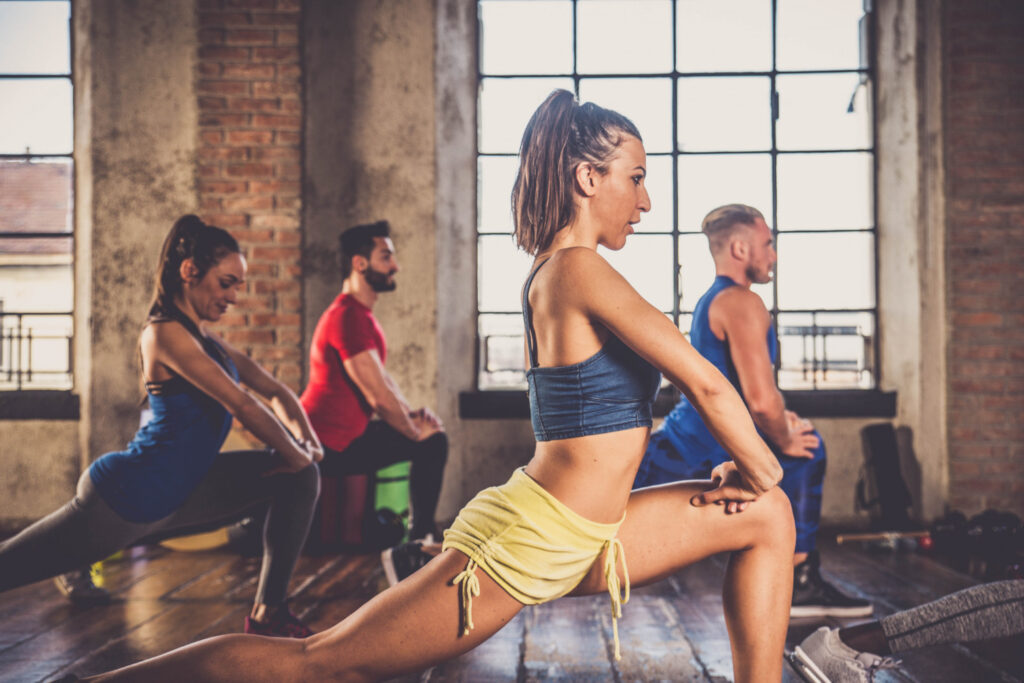
To keep your hips feeling great, try some stretching exercises. These moves help you move better and hurt less. Check them out to learn how to exercise your hips for more flexibility.
1. Double Leg Stretch
The Double Leg Stretch is great for your hips and helps keep them strong. You start by lying on your back, feet flat on the ground, and knees bent. Then, bring both knees to your chest and hold them with your hands.
Slowly stretch your legs straight out while keeping your lower back pressed into the floor. At the same time, take your arms overhead. Pull everything back in and repeat.
From my experience as a coach, this exercise not only targets hip strength but also works on stomach muscles and improves balance. I’ve seen bodybuilders gain better control over their movements after including it in their routines.
“Stretching both legs together challenges the body to maintain balance and strengthens the core.”
2. Half Frog Stretch
Half Frog Stretch helps loosen tight hips and makes your pelvis feel more flexible. Lie on your stomach to start. Then, bend one knee and push it away from your body until you feel a stretch in that hip.
Keep the rest of you flat on the ground so only that hip is working. Do this slowly, keeping a steady breath.
This move targets areas often stiff in bodybuilders – like the pelvic region and lower back. Hold each side for about 30 seconds to get the most out of it. Switch legs after one side is done.
You’re aiming to relax those muscles, not strain them further, so don’t push too hard if it hurts.
3. Hip Flexor Stretch with Chair
To do the Hip Flexor Stretch with a Chair, you need a sturdy chair and some space. First, stand in front of the chair. Then, place your right foot on the seat. Keep your back straight and lean forward gently.
You will feel a stretch in your hip muscles on the left side. This exercise opens up your hip flexors, which is great if you spend lots of time sitting or if you’re looking to improve flexibility for better lifts at the gym.
Hold this position for 30 seconds before switching legs. It’s important to breathe deeply while holding the stretch to help relax your muscles even more. Doing this stretch regularly can ease hip pain and stiffness, making it easier to move and perform other exercises effectively.
4. Low Lunge Yoga Pose Anjaneyasana
Doing the Low Lunge Yoga Pose, or Anjaneyasana, helps make your hips strong and flexible. You start by stepping one foot forward and bending that knee. Keep the other leg straight behind you on the floor.
Lift your arms up high to stretch more. This pose also stretches your thighs and front of your hip bones.
Keep holding this position for a bit, then switch legs to do it again. Doing this regularly can ease hip pain. It’s great for bodybuilders who want to keep their lower body in top shape for lifting heavy weights.
Plus, it improves balance and supports tissue healing around the hips and back after tough workouts.
5. Twist Step Stretch
Moving from the calm of Low Lunge Yoga Pose Anjaneyasana, we step into a more dynamic move with Twist Step Stretch. This stretch brings together hip flexibility and balance in one smooth motion.
It’s great for those aiming to loosen up their hips and improve how they move overall. You’ll feel it working not just your hips but also your back and legs.
“A flexible hip makes for powerful lifts.”
Here’s how I do it: Stand tall, feet apart. Then, twist your body and step one foot behind you as if you’re trying to look behind—like checking out who’s coming up at the gym while keeping everything above your waist facing forward.
Hold this twist for a few seconds before switching sides. You don’t need any special equipment, just some space to move around freely. Trust me; it’s simple but effective in getting those hips moving better than before.
Recommended Sets And Reps
Building hip strength is key for bodybuilders aiming to boost their performance and prevent injuries. To get the most out of your hip-strengthening routine, follow these recommended sets and reps for each exercise. This will ensure you’re working your muscles properly without overdoing it.
Here’s a breakdown in a simple table format:
| Stretch | Sets | Reps/Hold Time |
|---|---|---|
| Double Leg Stretch | 2 | 30 seconds |
| Half Frog Stretch | 2 | 30 seconds each side |
| Hip Flexor Stretch with Chair | 2 | 30 seconds each side |
| Low Lunge Yoga Pose Anjaneyasana | 2 | 30 seconds each side |
| Twist Step Stretch | 2 | 30 seconds each side |
This straightforward approach ensures you’re hitting your hips from all angles, strengthening and stretching them. Now, let’s turn our focus to stretching exercises for hip flexibility to round out your routine.
Conclusion
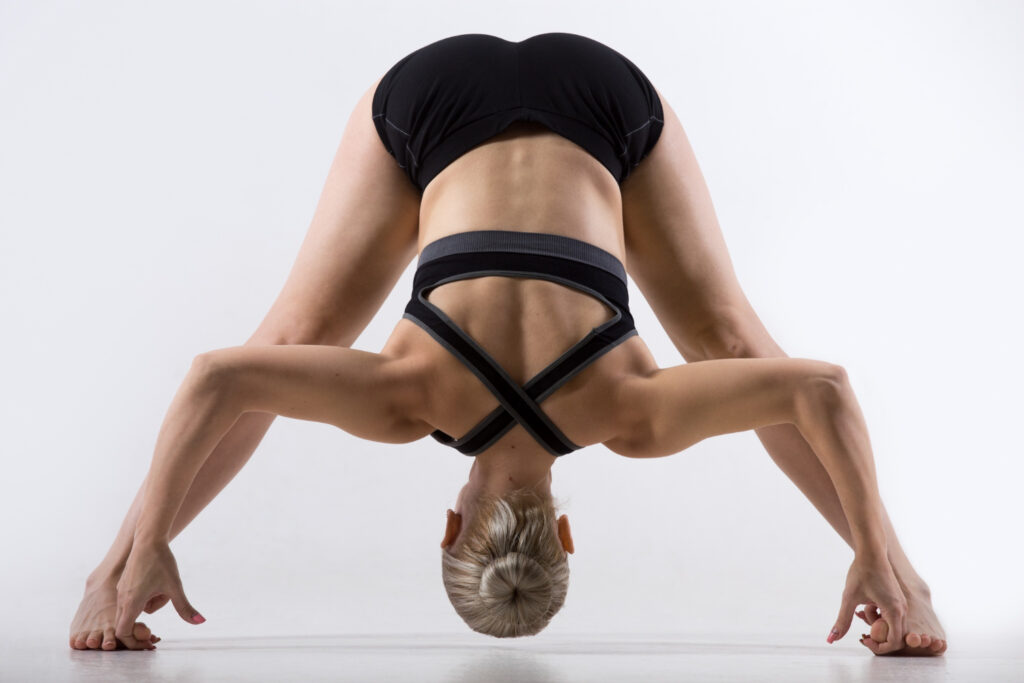
Strong hips help your body move better. This article showed you simple hip exercises like leg raises, glute bridges, and squats. You also learned good stretches to make your hips more flexible.
These moves are easy to do at home with bands or dumbbells and don’t need much time.
Doing these hip exercises can fix pain and make you stronger. They also improve balance and let you move more freely. If hip pain bothers you, try these moves to feel better.
For more tips, check out fitness websites or ask a coach. They have lots of knowledge about making your hips strong.
Get moving now for happier, healthier hips tomorrow!
FAQs
1. What are some simple exercises to strengthen my hips?
To strengthen your hips, you can try hip-strengthening exercises like knee lifts, hip extensions, and external hip rotations. These moves help get movement back in your hips.
2. Can doing these exercises help if I have pain in my hips?
Yes! Exercises for relieving hip pain include stretches and strengthening movements that target the muscles around your pelvis and lower back, easing discomfort.
3. How do I start a new exercise for my hips safely?
Before starting any new exercise routine for your hips, talk to a healthcare professional or physical therapist. They’ll guide you on how to perform each move correctly without causing more pain.
4. Are there specific exercises for improving balance through hip strength?
Absolutely! Strengthening the muscles around your hips can improve your balance significantly. Try standing on one foot or holding onto a chair while lifting the opposite leg out to the side.
5. How many repetitions of each exercise should I do?
Start with a small number of repetitions and gradually increase as you become more comfortable with each exercise. Always focus on keeping good form over doing lots of reps.
6. What should I do if an exercise causes pain or discomfort?
If an exercise causes pain or discomfort, stop immediately and consult with a healthcare professional about adjusting the movement or trying something different that’s safer for you.

Author
Years ago, the spark of my life’s passion ignited in my mind the moment I stepped into the local gym for the first time. The inaugural bead of perspiration, the initial endeavor, the very first surge of endorphins, and a sense of pride that washed over me post-workout marked the beginning of my deep-seated interest in strength sports, fitness, and sports nutrition. This very curiosity blossomed rapidly into a profound fascination, propelling me to earn a Master’s degree in Physical Education from the Academy of Physical Education in Krakow, followed by a Sports Manager diploma from the Jagiellonian University. My journey of growth led me to gain more specialized qualifications, such as being a certified personal trainer with a focus on sports dietetics, a lifeguard, and an instructor for wellness and corrective gymnastics. Theoretical knowledge paired seamlessly with practical experience, reinforcing my belief that the transformation of individuals under my guidance was also a reflection of my personal growth. This belief holds true even today. Each day, I strive to push the boundaries and explore new realms. These realms gently elevate me to greater heights. The unique combination of passion for my field and the continuous quest for growth fuels my drive to break new ground.





